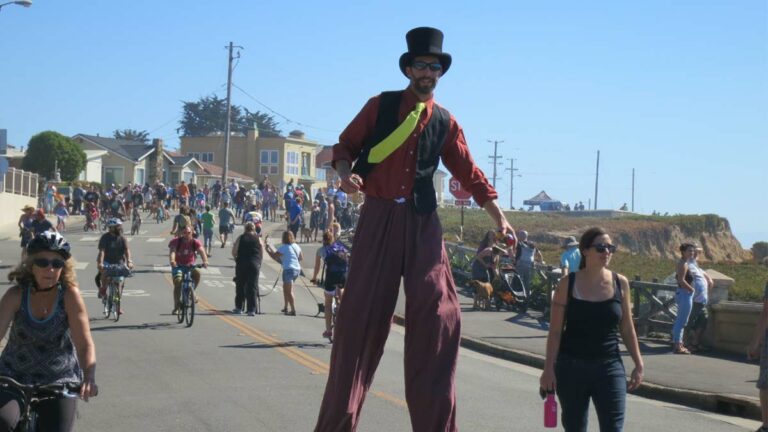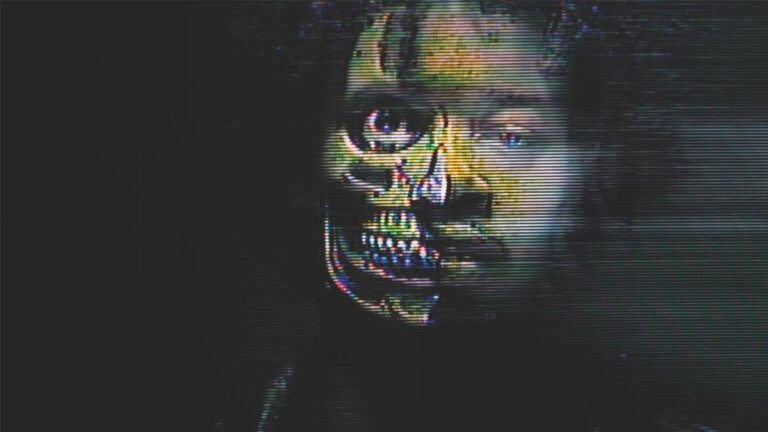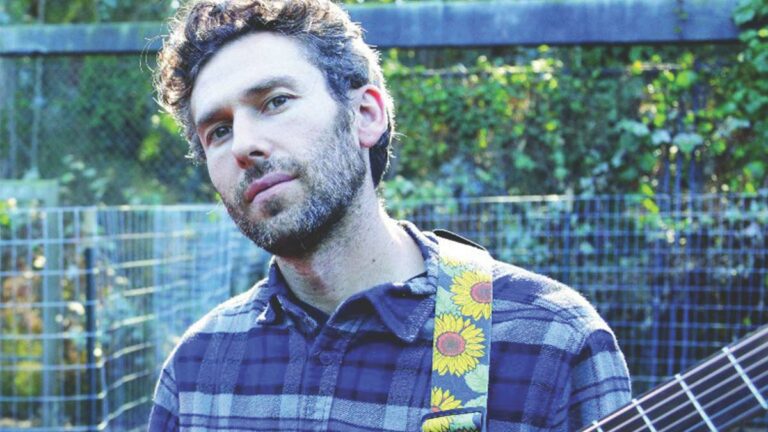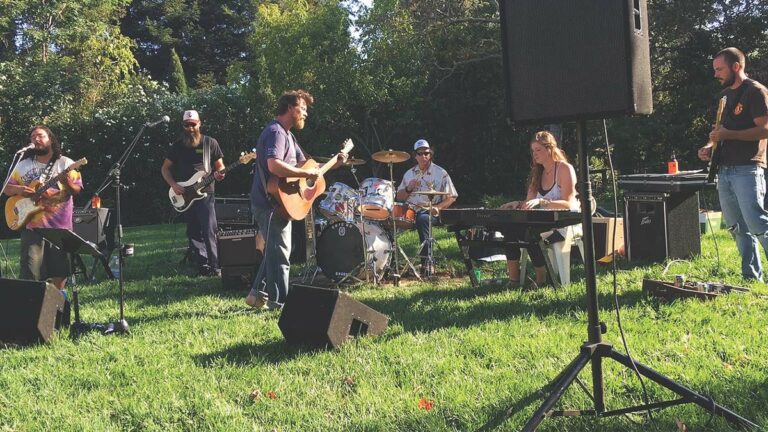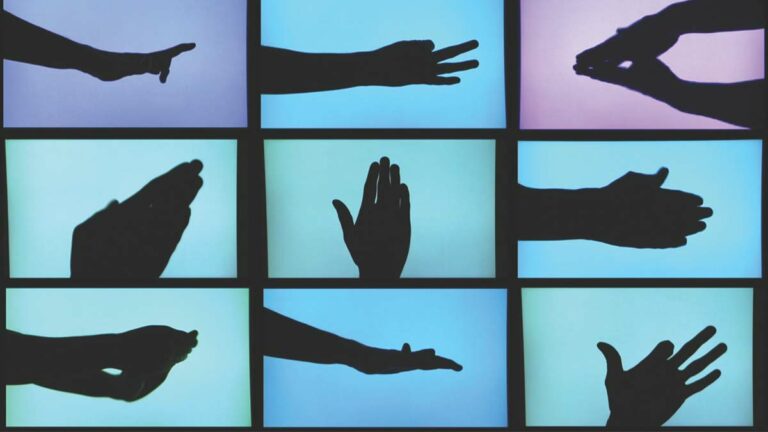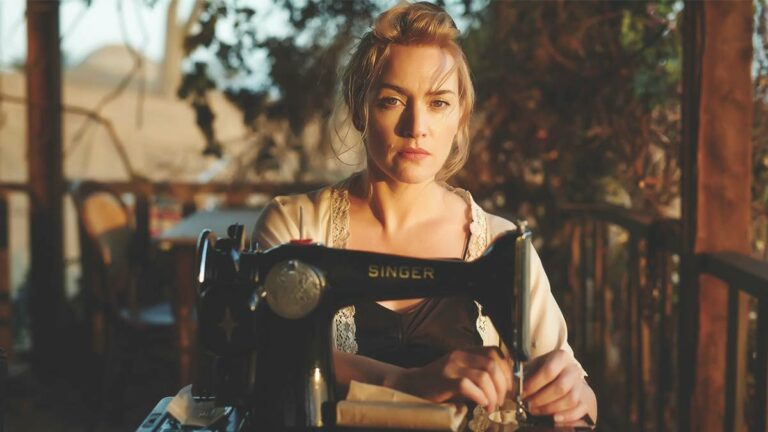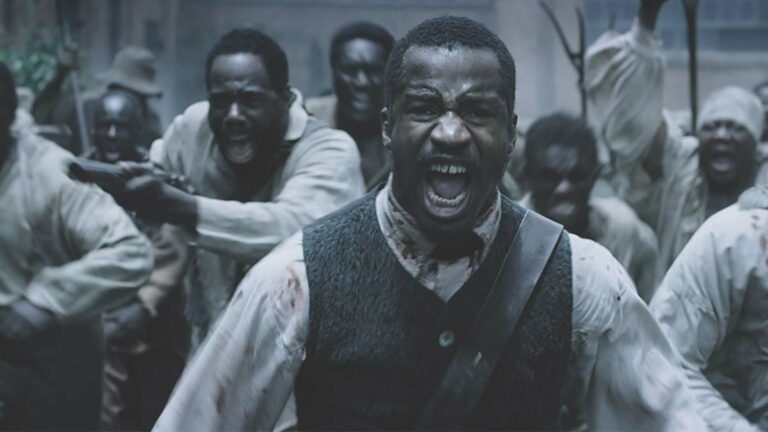Elham Dehghani was driving home from a business trip in Sacramento on Highway 880 when she spotted what looked like a “mushroom cloud” erupting out of the Santa Cruz Mountains near her home.
Her 13-year-old daughter was at soccer practice sending videos of the same smoky blaze via text message, trembling as she did so.
“It was terrifying. It seemed so epic looking at it. What I’m amazed with is the people who offered their support and places,” says Dehghani, whose neighborhood was under voluntary evacuation from the Loma Fire last week. She and her family chose to stay in their home on Highland Way and Mt. Bache Road. She says sheriff’s deputies checked on her family and dog every few hours. “Pretty scary, though,” adds Dehghani, who moved to the summit from the Almaden area two years ago.
The fire, which started on the hot afternoon of Monday, Sept. 26, practically exploded at first, growing by a rate of about 100 acres an hour as temperatures in the area soared to 100 degrees. Since then, the fire has taken a dozen homes and 16 more structures, scorching 4,474 acres along the way as of Tuesday morning. It threatens 51 more, even as firefighters and law enforcement work around the clock.
“They’ve been amazing,” Dehghani says. “I’ve seen a lot of signs thanking firefighters. I’d love to see more signs thanking the sheriffs. They’ve been fantastic. They deserve a lot of credit as well.”
Originally, California Department of Forestry and Fire Protection officials said the blaze started by the intersection of Loma Prieta and Loma Chiquita roads, near what appeared to be a structure, but fire officials have since backed away from the details, saying they can’t give any specifics while the cause is being investigated.
“The cause is still under investigation, and it will be for probably a while, because once the investigators determine the cause, they turn it over to the Santa Clara Sheriff’s Office,” says Ken Haskett, a firefighter with Cal Fire. “If it’s a man-made cause—which 95 percent of our fires are man-made—that person who started it is going to be responsible for all of the costs and resources for all of us being up here.”
Cal Fire officials had originally said they hoped to contain the fire by Monday, Oct. 3, but the new goal is Saturday, Oct. 8, after heavy weekend winds slowed crews’ progress. The real culprit behind the delay, though, Haskett says, has been the steep canyons and rough terrain that make it difficult for firefighters to hike in, and mountain roads that make unloading hoses and other equipment off trucks difficult. Still, they’ve managed to keep the fire from spreading to the Santa Cruz County side of the ridge.
Shortly after the fire started, a UPS driver posted a 10-minute Facebook video of the blaze quickly spreading. As it grew, it picked up speed. The fire was already getting so hot that trees could be heard exploding.
After years of drought, the past year and a half has seen two of California’s worst fire seasons in memory, and the past two decades have been a trial by fire in general. Eleven of the 14 biggest fires in California history have happened in the last 15 years.
In the Santa Cruz Mountains, the Loma fire has been devouring dry, yellowed bushes as kindling. On the other side of the bay, the Soberanes Fire in Big Sur has burned 132,000 acres and is 94 percent contained after nearly two and a half months ablaze.
Haskett says Cal Fire is working with PG&E to repair gas and electricity lines before the rest of evacuated residents can move back into their homes.
Among the firefighters, morale is still pretty good, says Haskett. “They want to be back in their homes, and we want to get them back in their homes,” he says. “We’ve been busy this year, and we don’t want any homes destroyed. When homes are destroyed, it takes an emotional toll on us, as well—not as severe, but we don’t want it to happen.”
For information on fire preparedness, visit readyforwildfire.org.



